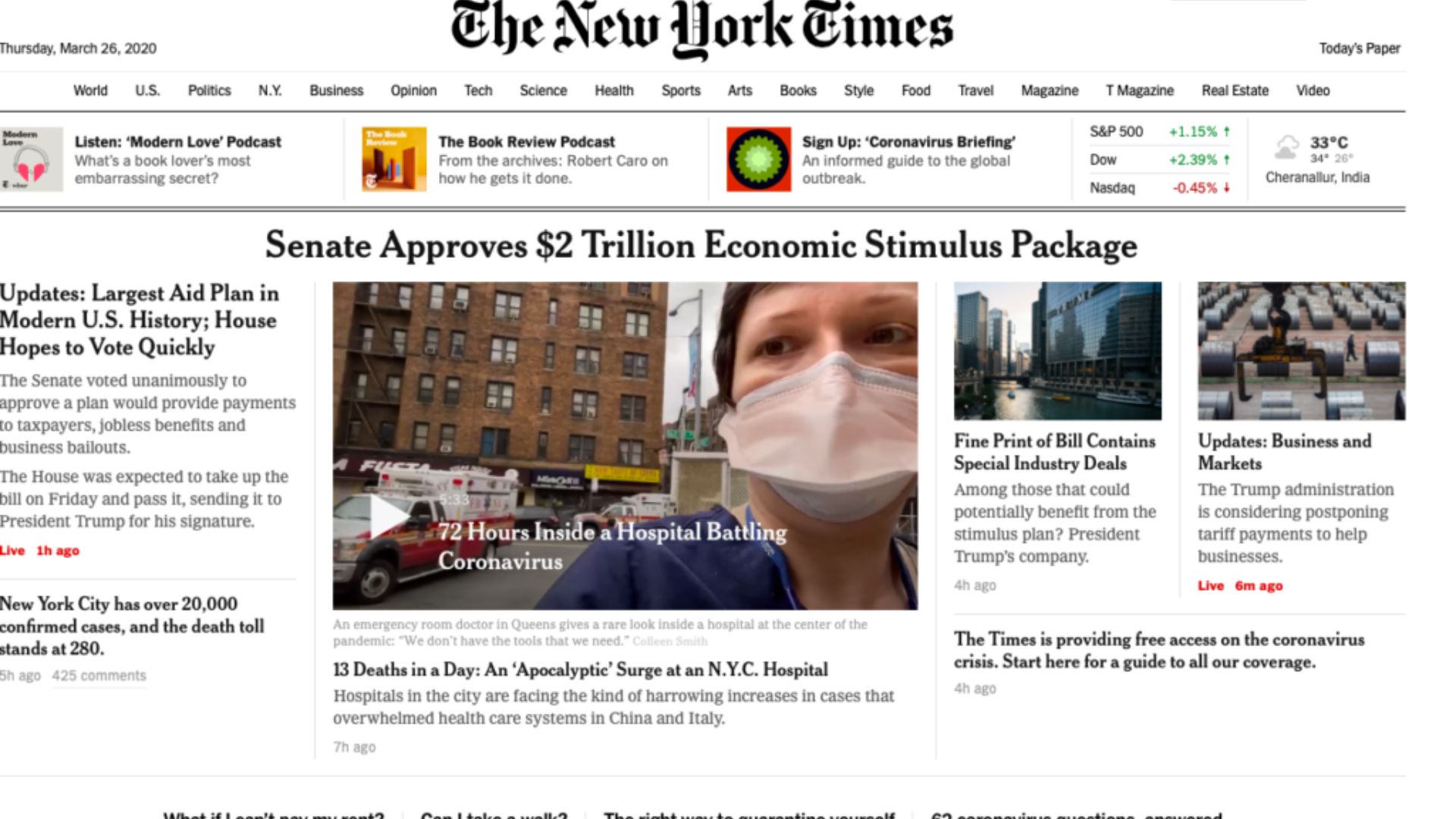Web design plays a crucial role in boosting user experience (UX) on a website. It encompasses various aspects that influence how users interact, navigate, and perceive a website. Here’s why web design is essential for enhancing user experience:
- First Impressions: Web design is the first thing visitors notice when they land on your site. A visually appealing and professional design creates a positive first impression, establishing credibility and trust with your audience.
- Navigation and Usability: A well-designed website ensures easy navigation and intuitive user interfaces. Clear and organized menus, logical information architecture, and user-friendly interfaces make it effortless for users to find what they need and accomplish their goals.
- Readability and Content Presentation: Effective web design considers readability by using appropriate fonts, font sizes, and contrast to enhance legibility. Proper spacing, formatting, and visual hierarchy make content more digestible and engaging, leading to better user comprehension and retention.
- Mobile Responsiveness: With the prevalence of mobile devices, responsive web design has become crucial. Optimizing your website for different screen sizes and devices provides a consistent and seamless user experience across desktops, smartphones, and tablets.
- Loading Speed and Performance: Slow-loading websites frustrate users and lead to high bounce rates. Web design influences loading speed through optimization techniques such as image compression, caching, and minimizing unnecessary code. Quick loading times significantly enhance user experience and increase user satisfaction.
- Visual Appeal and Branding: Design elements, such as color schemes, visual elements, and graphics, contribute to the overall aesthetics and branding of a website. Consistent branding builds recognition, reinforces credibility, and fosters a connection with users.
- Call-to-Action (CTA) Placement: Effective web design strategically places CTAs in prominent and logically visible positions. Well-designed CTAs with clear and compelling messaging encourage users to take desired actions, such as making a purchase, signing up, or contacting you.
- Accessibility and Inclusivity: Web design affects a website’s accessibility for users with disabilities. By adhering to accessibility standards, such as proper use of alt text, sufficient color contrast, and keyboard navigation, you ensure that everyone can access and use your website.
- Emotional Connection: Thoughtful web design elements, such as imagery, color psychology, and storytelling, can evoke emotions and create a connection with users. A website that emotionally engages users is more likely to leave a lasting impact and encourage return visits.
- Continuous Improvement: Good web design involves continuous monitoring, analysis, and improvement based on user feedback and behavior. Regularly evaluating and optimizing your website’s design leads to an ongoing enhancement of user experience and ensures it evolves alongside user needs and preferences.
By investing in well-crafted web design that prioritizes user experience, you can significantly enhance user satisfaction, engagement, and business outcomes, ultimately creating a positive and impactful online presence.










